The theory of making correct decisions is, in a way, the problem of the nature itself. The very word 揼ame?has many meanings. It can denote any occupation in the free time, as well as any social activity of the individual. It can also mean a game of chess or checkers ?or refer to actions in the political sphere, where the candidate enters in a 揼ame?with his voters and competitors. It can be used in economics, when we talk about entering the market. Thus, the word 揼ame?is applicable to any kind of human activity, which is dictated by an interest and in which the behaviour of the individual is dictated by reflections, ruse or even fleeting mood. We can say that playing means living, or rather to live means to play.
Therefore, it may seem pointless to search for the 搕heory of games? Meanwhile, reflections lead the individual to attempts to abstract the data, which helps to focus on the essence of the problem. Often one has to choose between elements of many probabilities, the outcomes of which are known beforehand. This is the case of 搊pen?games, such as, for instance, a game of checkers or chess, where the results of moving every chess piece is exactly known. But the player can be not aware of all data of the situation. This is the case of playing cards, which is based on supposition and insufficient information. Therefore, here one has to choose out of many situations, the outcome of which is not completely known. In this case we are to create hypotheses of probable outcomes. Choice in this situation, introduces us to a new coil of probabilities. Such a game moves from one probability to another. By making possible suppositions, we can calculate compound probabilities from simpler ones according to the formula of conditional probabilities:
Pb(A) = P(A & B) / P(B),where Рв (А) ?conditional probability of event A on condition that event B has already occurred,
Р (В) ?unconditional probability of the fact that event B has occurred,
Р (А & В) ?unconditional probability of the fact that both events A and B will occur.
This formula can be represented as the formula of product probability:
Рb(А) Р(В) Р(А & В) Рa(В) Р(А).
Analogously, there exists the rule of addition of probabilities of the type
P(A V B) P(A) + Р(В) ?Р(А & В), where Р(А) и Р(В) mean unconditional probability of event A (or accordingly, B);
Р(А V В) ?unconditional probability of the fact that either event A, or event B will occur;
Р(А & В) ?unconditional probability of the fact that both events A and B will occur.
The theory of probabilities allows to give a mathematical formula of the science of behaviour, when we know the probabilities of various episodes, which define the course of the game. Therefore, the theory of games attempts to use probabilities or other concepts and thus construct a model that represents the most expedient activity of the individual. It also would allow to define activities, which would with the greatest probability lead to the wishful outcome. The basic difference between a game (or rather its model) and human activity consists in the fact that the game is limited by time frames, while human activity is virtually not limited, like, for example, economic activity. This difference defines a great obstacle to using the theory of games, for instance, in political economy. Therefore, when we speak of a 揼ame? it is more likely to mean a definite 搒et?of this 揼ame? which has its beginning and its end. The game can be considered as a limited scheme, where various wills or various interests are realized. These strivings can enter into conflict, help each other, intersect, develop more or less independently and have various means in their disposal. In a definite sense a game is a tragedy.
?Copyright 2006-2007 www.Bonus-Map.com


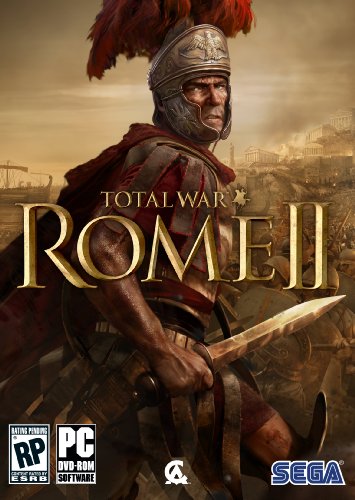

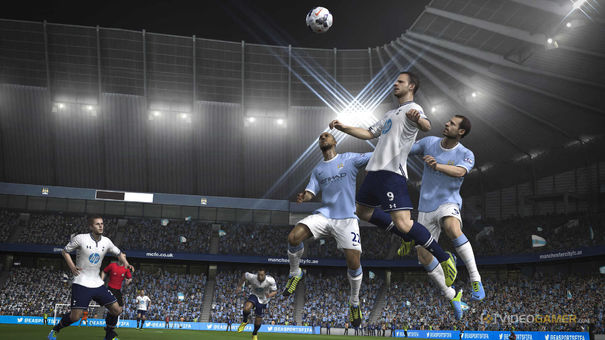
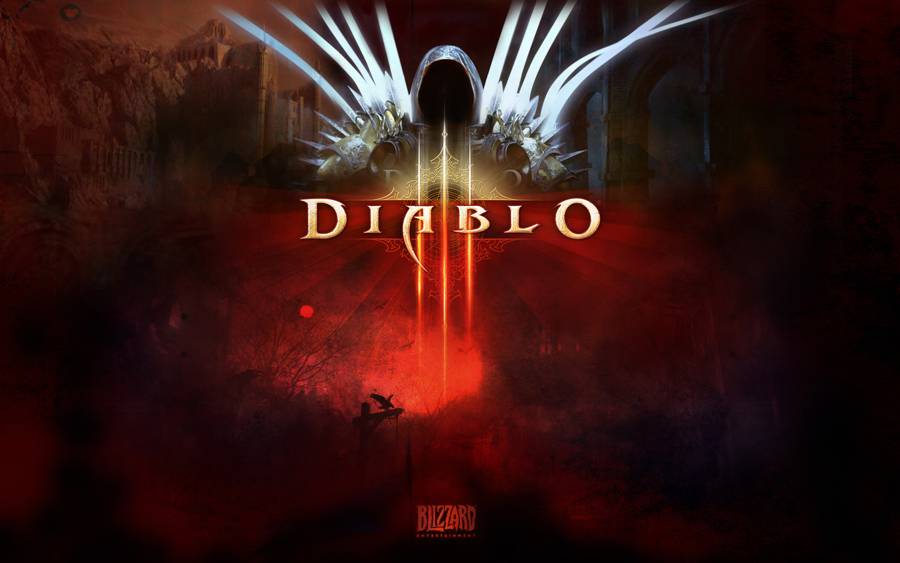
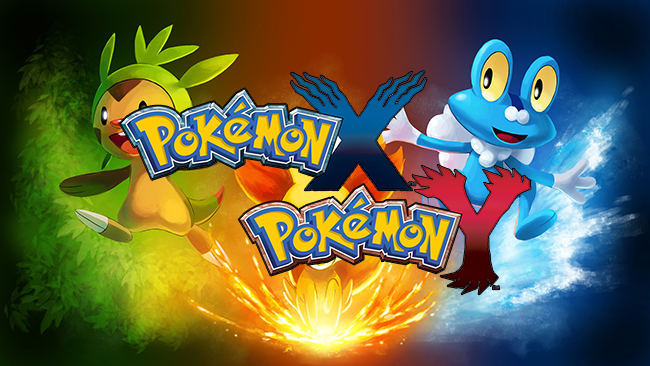 Pokemon X & Y New Pokemon Special Evolution Guide - GamersHeroes
Pokemon X & Y New Pokemon Special Evolution Guide - GamersHeroes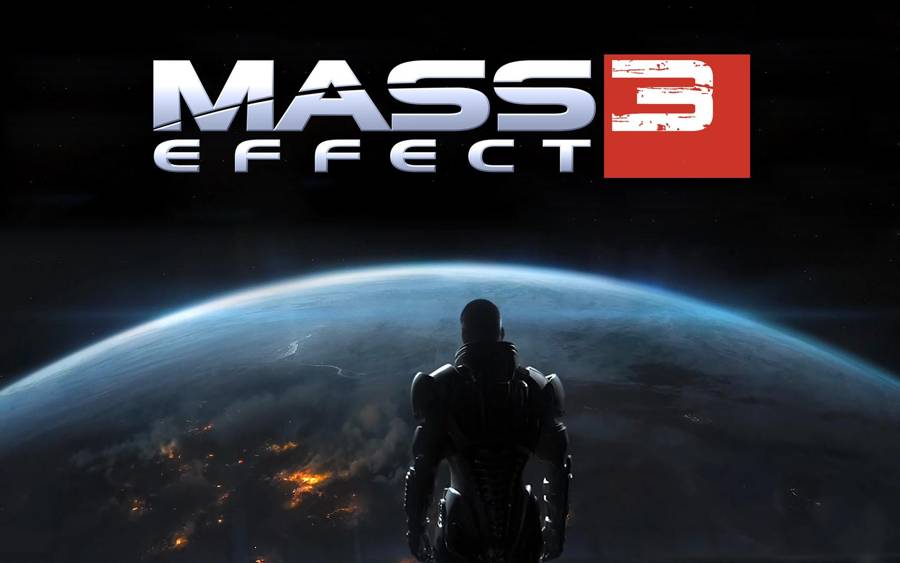 Mass Effect 3 Weapon Mod Locations Guide
Mass Effect 3 Weapon Mod Locations Guide Atom Zombie Smasher Strategy Guide: how to beat back the Nuevo Aires Zombie Infestation with your mercenaries
Atom Zombie Smasher Strategy Guide: how to beat back the Nuevo Aires Zombie Infestation with your mercenaries How to Create Minecraft Maps with WorldPainter
How to Create Minecraft Maps with WorldPainter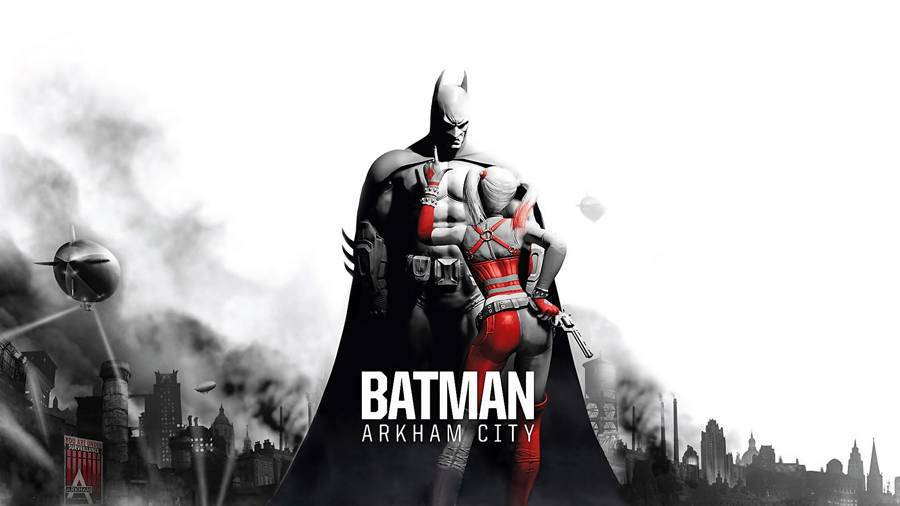 Batman Arkham City Solomon Grundy Guide
Batman Arkham City Solomon Grundy Guide